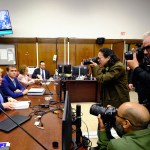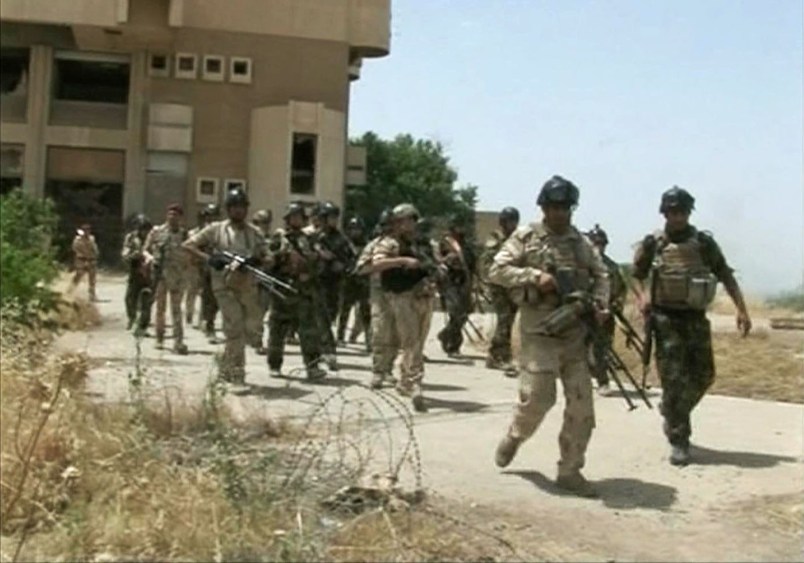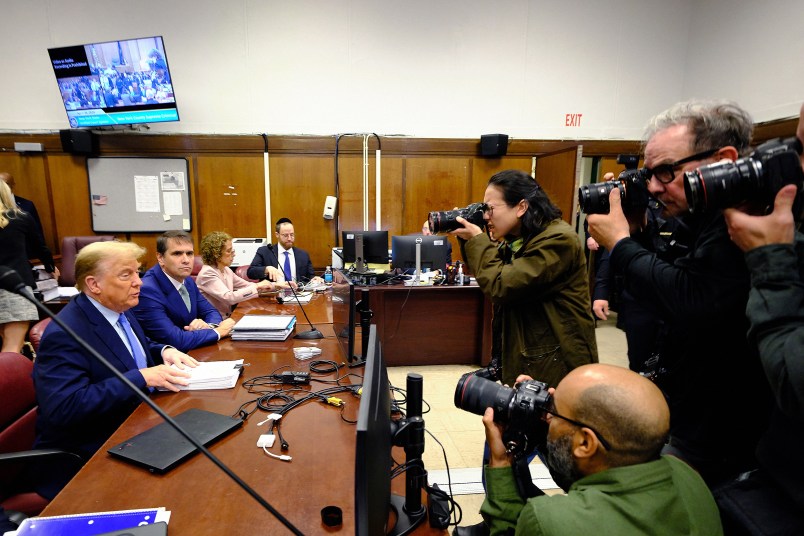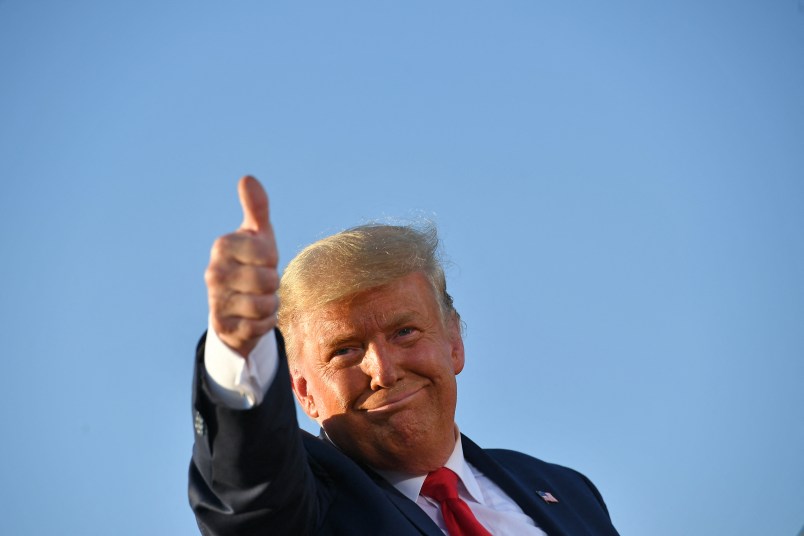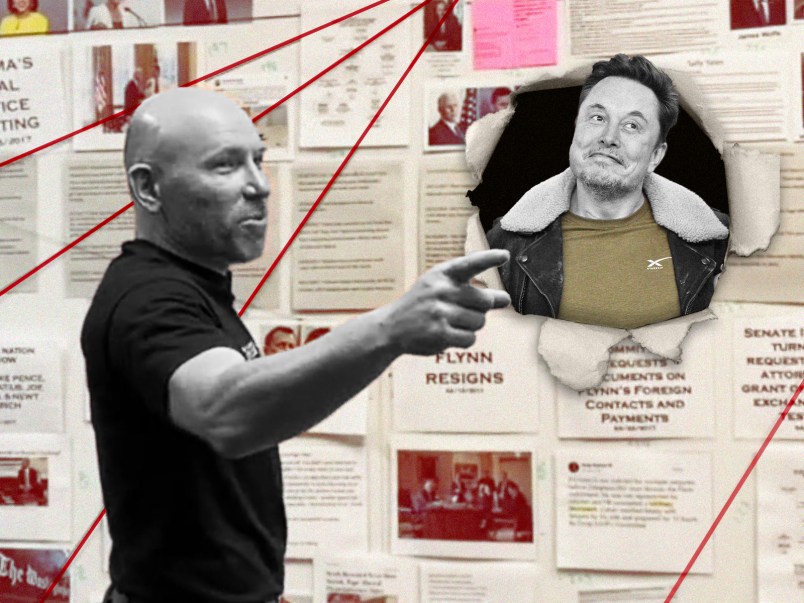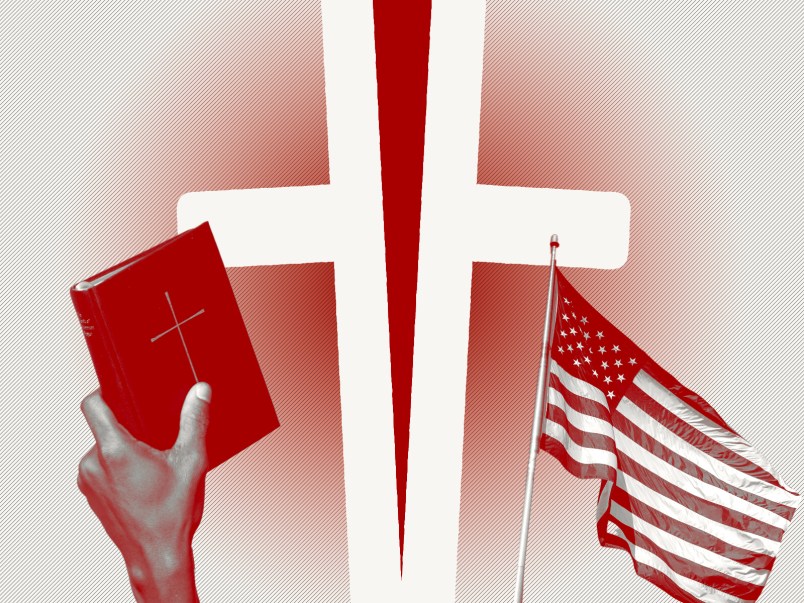WASHINGTON (AP) — Nearly 300 armed American forces are being positioned in and around Iraq to help secure U.S. assets as President Barack Obama nears a decision on an array of options for combating fast-moving Islamic insurgents, including airstrikes or a contingent of special forces.
The U.S. and Iran also held an initial discussion on how the longtime foes might cooperate to ease the threat from the al-Qaida-linked militants that have swept through Iraq. Still, the White House ruled out the possibility that Washington and Tehran might coordinate military operations in Iraq.
Obama met with his national security team Monday evening to discuss options for stopping the militants known as the Islamic State of Iraq and the Levant. Officials said the president has made no final decisions on how aggressively the U.S. might get involved in Iraq, though the White House continued to emphasize that any military engagement remained contingent on the government in Baghdad making political reforms.
Still, there were unmistakable signs of Americans returning to a country from which the U.S. military fully withdrew more than two years ago. Obama notified Congress that up to 275 troops would be sent to Iraq to provide support and security for U.S. personnel and the American Embassy in Baghdad. The soldiers — 170 of which have already arrived in Iraq — were armed for combat, though Obama has insisted he does not intend for U.S. forces to be engaged in direct fighting.
“We are hard-wired into their system,” the fledgling democracy that America helped institute, said Ryan Crocker, a former U.S. ambassador to Baghdad. “We can’t walk away from it.”
About 100 additional forces are being put on standby, most likely in Kuwait, and could be used for airfield management, security and logistics support, officials said.
Separately, three U.S. officials said the White House was considering sending a contingent of special forces soldiers to Iraq. Their limited mission — which has not yet been approved — would focus on training and advising beleaguered Iraqi troops, many of whom have fled their posts across the nation’s north and west as the al-Qaida-inspired insurgency has advanced in the worst threat to the country since American troops left in 2011.
Taken together, the developments suggest a willingness by Obama to send Americans into a collapsing security situation in order to quell the brutal fighting in Iraq before it morphs into outright war.
If the U.S. were to deploy an additional team of special forces, the mission almost certainly would be small. One U.S. official said it could be up to 100 special forces soldiers. It also could be authorized only as an advising and training mission — meaning the soldiers would work closely with Iraqi forces that are fighting the insurgency but would not officially be considered combat troops.
The White House would not confirm that special operations forces were under consideration. But spokeswoman Caitlin Hayden said that while Obama would not send troops back into combat, “He has asked his national security team to prepare a range of other options that could help support Iraqi security forces.”
It’s not clear how quickly the special forces could arrive in Iraq. It’s also unknown whether they would remain in Baghdad or be sent to the nation’s north, where the Sunni Muslim insurgency has captured large swaths of territory ringing Baghdad, the capital of the Shiite-led government.
The troops would fall under the authority of the U.S. ambassador in Baghdad and would not be authorized to engage in combat, another U.S. official said. Their mission would be “non-operational training” of both regular and counterterrorism units, which the military has in the past interpreted to mean training on military bases, the official said.
However, all U.S. troops are allowed to defend themselves in Iraq if they are under attack.
The three U.S. officials all spoke on condition of anonymity because they were not authorized to publicly discuss the plans by name.
Obama made the end of the war in Iraq one of his signature campaign issues, and has touted the U.S. military withdrawal in December 2011 as one of his top foreign policy successes. But he has been caught over the past week between Iraqi officials pleading for help — as well as Republicans blaming him for the loss of a decade’s worth of gains in Iraq — and his anti-war Democratic political base, which is demanding that the U.S. stay out of the fight.
The crisis has sparked a rare alignment of interests between the U.S. and Iran, which wants to preserve Iraq’s Shiite-dominated government. The U.S. and Iran are engaged in sensitive nuclear negotiations and used a round of talks Monday in Vienna, Austria, to hold a separate bilateral discussion on Iraq.
While the U.S. and Iran have similar short-term goals in Iraq, they have different long-term aims. The United States would like to see an inclusive, representative democracy take hold in Iraq, while predominantly Shiite Iran is more focused on protecting Iraq’s Shiite population and bolstering its own position as a regional power against powerful Sunni Arab states in the Gulf.
Crocker said that Iran should “use all the influence” possible to keep the al-Qaida-style Islamic group from exacerbating the sectarian strife in Iraq.
Appearing Tuesday on “CBS This Morning,” Crocker said if he’d have Secretary of State John Kerry “on a plane right now for Baghdad.”
“I would have liked to have seen more sustained, high-level diplomatic engagement with the Iraqis,” Crocker said. He said that for the country to have any change at survival there must quickly be a show of “Kurdish, Shia and Sunni” solidarity.
Republican Rep. Mike Rogers of Michigan, chairman of the House Intelligence Committee, said Washington must move immediately “to disrupt their ability to continue their operations.” He said the insurgents are holding sway currently and that “all the ingredients are going into the stew. We see it happening on our watch.”
Appearing on CNN, Rogers said he believes there still is time for the United States to make a difference, but that Washington must move now.
While the White House continues to review its options, Iran’s military leaders are starting to step into the breach.
The commander of Iran’s elite Quds Force, Gen. Ghasem Soleimani, was in Iraq on Monday and consulting with the government there on how to stave off insurgents’ gains. Iraqi security officials said the U.S. government was notified in advance of the visit by Soleimani, whose forces are a secretive branch of Iran’s Revolutionary Guard that in the past has organized Shiite militias to target U.S. troops in Iraq and, more recently, was involved in helping Syria’s President Bashar Assad in his fight against Sunni rebels.
___
Associated Press writers Matthew Lee, Lolita C. Baldor and Ken Dilanian contributed to this report.

